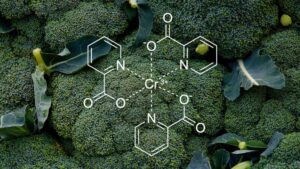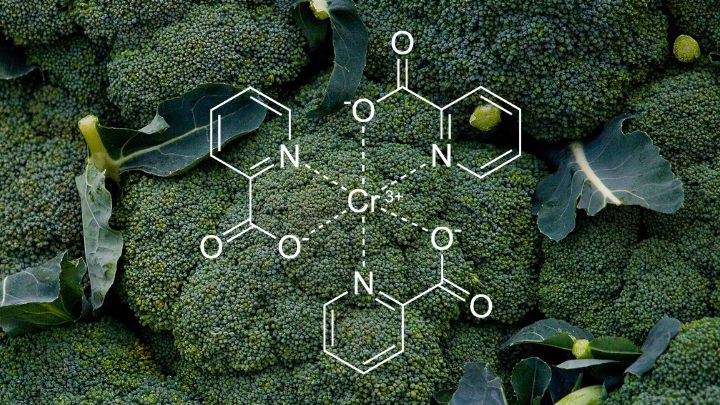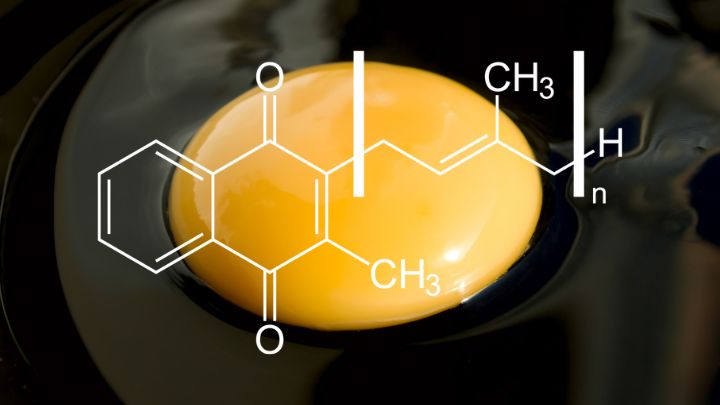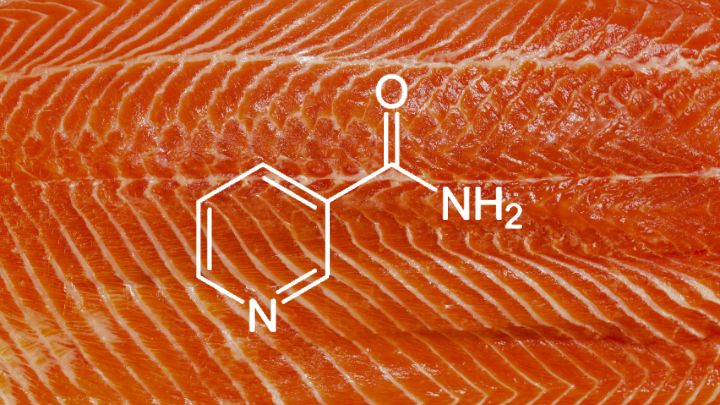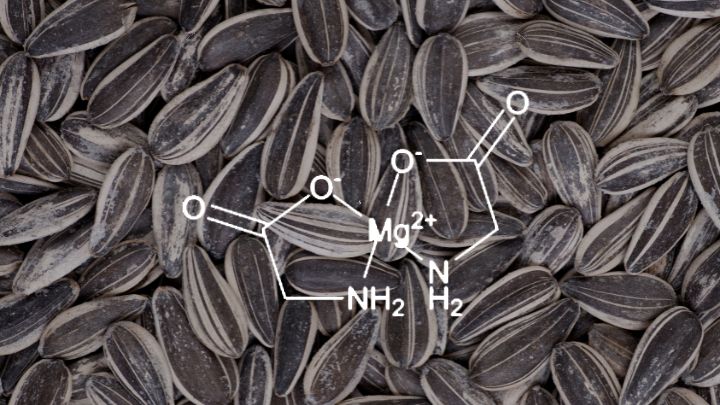As you age, your body accumulates “worn-out” cells that no longer function properly. Whilst your immune system can naturally clear out these dysfunctional cells, it loses its efficiency overtime.
Think of it as a garden where, over time, weeds grow more frequently, but the gardener’s hands tire in keeping them at bay. Accumulation of these aged cells lead to chronic diseases and ageing.
Want to keep your garden cleaner and prevent health issues later in life? Senolytics appear to be the key.
In this article
Free guide to reverse your biological age

- Master the science of rejuvenation.
- Apply proven tips to turn back the clock.
- Transform your health with top longevity specialists.
What are senolytics?
Senolytics, in a nutshell, are your body’s clean-up crew. They’re a group of molecules that work selectively with senescent cells, encouraging them to exit the scene gracefully.
In more scientific lingo, senolytics induce apoptosis, a form of programmed cell death, in the aged cells. Most senolytics are derived from a class of molecules called polyphenols, coming from fruits and vegetables.
Read on to discover how senolytics are being researched and developed. Studies show that removing at least 30% of dysfunctional cells already slows down age-related decline, prevent the onset of age-related diseases, and may be an effective way to promote longevity.
Senolytics clear out senescent cells
These worn-out cells are what scientists call ‘’senescent cells’’. Cellular senescence is a state where cells lose their ability to divide and function effectively, often in response to:
- Ageing
- Oxidative stress
- Chronic inflammation
- UV exposure
- Unhealthy diet
- Environmental toxins
- Lack of exercise
- Genetic factors
- Telomere shortening
- Hormonal imbalances
- Radiation
We are all accumulating senescent cells in our body as we grow old. Some faster than others.
Once an active contributor to keeping your tissues and organs functioning, a senescent cell has now been transformed into a noisy neighbour that keeps everyone on the block awake at night, and tired during the day.
Meaning, they don’t work, but eventually, they also prevent others from working. Senescent cells promote accelerated biological ageing.
The science behind cellular senescence
Multicellular organisms have been on Earth for over 750 million years. Multicellularity is a very efficient way of living, as tasks for survival are divided into different cell types.
Take a plant as example. It has different specialised cell types, each regulating a special function. Some take nutrients from the soil, some photosynthesise, or some create a hard trunk for protection.
This successful coordination is accomplished due to a simple principle– the survival and well-being of the multicellular organism are more important than the survival of any individual cell.
The good side of cellular senescence
When a single cell malfunctions, it can potentially harm the whole multicellular organism. Nature developed 2 ways of controlling such incidences– the ability of
- specialised cells to recognise the malfunctioning cell and destroy it.
- specific cells to recognise their own dysfunction and cause their own death and/or limit their ability to grow.
Mammals usually use a combination of both. For instance, induction of cellular senescence occurs when a cell
- recognises its own dysfunction and induces a stable cell cycle arrest.
- discharges signals to the immune system so that it recognises and destroys the damaged, senescent cell.
Senescence occurs in many places during the development of the mammalian embryo. It is essential for appropriate tissue remodelling and the elimination of unwanted cells as the tissues develop.
The dark side of cellular senescence
As any good thing in life, cellular senescence also has a dark side. As we age, our immune system becomes less efficient at eliminating senescent cells. Accumulation of these dysfunctional cells can disrupt tissue structure and affect functions of neighbouring cells.
- They contribute to a decline in tissue repair and regeneration. This decline plays a role in the ageing phenotypes like skin wrinkling, reduced organ function, and slower healing after injuries.
- The pro-inflammatory molecules and enzymes released by senescent cells also start causing chaos. They create an inflammatory environment, one of the hallmarks of many age-related diseases.

The presence of senescent cells has been observed in different diseases including, osteoarthritis, idiopathic pulmonary fibrosis, cancer, atherosclerosis, Alzheimer’s disease and during frailty. In each disease, different cell types undergo senescence.
How do senolytics work?
Senolytics work by selectively targeting senescent cells that resist normal programmed cell death, or apoptosis. These drugs activate the apoptotic pathways only in these aged cells, leading to their removal from the body.
They can harness autophagy to break down and eliminate the cellular components of senescent cells. The end result is a cleaner, more efficient cellular environment.
Learn more about autophagy here.
How can senolytics help with ageing and diseases?
Scientists are exploring the concept of eliminating senescent cells as a means to address the adverse effects of ageing.
In animal studies, senolytics have shown promise in treating a whole range of age-related diseases. Early tests on humans show they might reduce old cells and inflammation, and improve overall health by enhancing tissue function.
Ongoing studies are being performed to see how senolytics can help with conditions like diabetes, Alzheimer’s, and even complications from COVID-19.
Here are some groundbreaking studies on senolytics and longevity.
Senolytics and Osteoarthritis
Osteoarthritis is characterised by the wearing down of joint cartilage. It has been linked to cellular senescence in the chondrocytes. Ageing cells in these joints release inflammatory substances that exacerbate the condition.
Recent research is focusing on “senolysis,” the removal of these senescent cells to neutralise harmful cell secretions as potential treatments [1].
Senolytics and Idiopathic Pulmonary Fibrosis
This lung disease, which worsens with age, has multiple cell types showing signs of senescence. Such senescent cells change the structure and function of lung tissues, furthering the disease’s progression.
The secretion of specific compounds by these cells has been associated with the disease’s severity, with scientists suggesting the use of senolytics to counteract these effects [2].
Senolytics and Atherosclerosis
Atherosclerosis, a condition where fatty deposits clog up arteries, is tied to cellular senescence in vascular endothelial cells. These ageing cells create a vulnerable environment, allowing harmful cells to infiltrate and damage the arterial walls.
The presence of senescent cells plays a significant role in advancing the disease, with research exploring senolytic treatments to combat the progression [3].
Senolytics and Alzheimer’s Disease
In Alzheimer’s, a neurodegenerative disorder marked by amyloid-beta plaque build-up, cellular senescence in astrocytes has been noted. These ageing cells, with their harmful secretions, contribute to the disease’s hallmark symptoms, including cognitive decline.
Recent research suggests a link between senescence and Alzheimer’s, with some studies pointing to senolytics as potential therapeutic agents [4].
Senolytics and Frailty
Frailty, defined by physical decline and increased vulnerability to stressors, can be seen as a culmination of multiple age-related conditions, many linked to cellular senescence.
Chronic inflammation, a key feature of frailty, is associated with the build-up of senescent cells. These cells disrupt regular bodily functions, from muscle strength to mental capacity, leading to the frail state often observed in the elderly.
Several senolytic agents, which appear to alleviate multiple senescence-related phenotypes in pre-clinical models, are beginning the process of being translated into clinical interventions that could be transformative [5].
Senolytics and Cancer
Cancer, characterised by uncontrolled cell growth, is intricately linked to cellular senescence. While senescence can act as a defence against tumour development by halting cell proliferation, cancer cells can also exploit senescent cells for their advantage.
Current cancer research delves into both re-activating senescence in tumour cells and using senolytics to halt cancer progression [6].
Examples of Senolytics
Quercetin: A pioneer in the world of senolytics
Quercetin is a plant pigment and a potent antioxidant. More specifically a flavonol, it is found mostly in onions, grapes, berries, cherries, broccoli, and citrus fruits. Quercetin is renowned for various benefits:
- robust anti-inflammatory properties, protecting your cells and tissues from potential damage from stressors.
- marked improvements in ageing indicators, with lab research even hinting at lifespan extensions.
- notable reduction in age-related diseases, as shown in clinical studies.
In a particularly intriguing 2019 study, Quercetin effectively cured mice kidneys of aged cells, improving their function and preventing the risk of kidney failure. It is claimed to provide protection against osteoporosis, lung cancer, and cardiovascular disease.
Since Quercetin isn’t the easiest to absorb, the science community suggest pairing it with phospholipids or other antioxidants. This delivers Quercetin effectively into our bloodstream, amplifying its beneficial reach.
Read more on Quercetin benefits here.
Fisetin: The best senolytic so far
As researchers keep looking into nutrients to find the best ones for healthy ageing, Fisetin stands out as the best flavonoid, even boasting properties that echo those of Quercetin.
Commonly found in strawberries, apples, and grapes, Fisetin not only functions as a powerful antioxidant, but it effectively gets rid of many old cells without harming the good ones.
When mice at an age equivalent to 75 human years were administered with Fisetin, their average lifespan extended by approximately 2.5 months, representing nearly a 10% increase in longevity.
Preclinical studies show that Fisetin:
- helps keep the brain healthy and optimal.
- enhances recovery in stroke victims.
- counteracts malignant cellular change tendencies.
- combats obesity and type II diabetes.
- lowers risks of heart attacks.
- reduces swelling and inflammation.
- might slow down cancer progression.
- provides similar benefits to calorie restriction.
Avea’s solution
The Cell Primer
Cell Primer is formulated with powerful compounds such as Fisetin, Quercetin, and Spermidine. It is meticulously crafted to boost autophagy, clear senescent cells, and set the foundation for peak cellular health and rejuvenation.
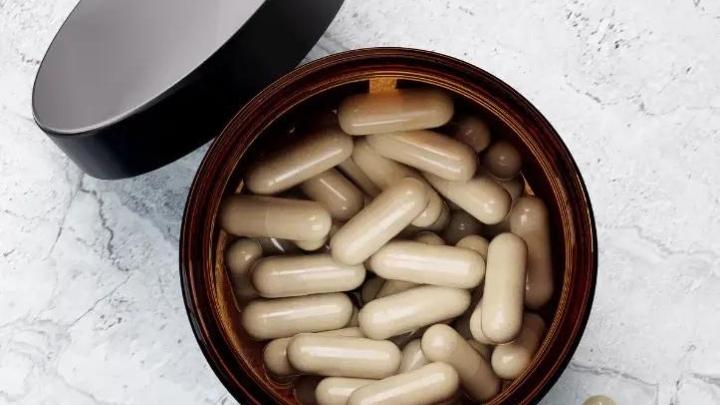
The Cell Primer is the culmination of rigorous research and expertise. Its 6 natural ingredients are selected based on their proven efficacy in boosting cellular health.
The formula focuses on three primary mechanisms: promoting autophagy, clearing out senescent cells, and providing defence against oxidative stress, setting the stage for optimal cellular revitalisation.
Key takeaway
In the quest for solutions to the challenges of ageing, senolytics is gaining quite the momentum. Senolytics hold the promise of unlocking new frontiers in age-related health.
As the evidence linking senescent cell accumulation to the ageing process grows stronger, the prospect of using senolytics to selectively eliminate these cells, reducing inflammation, and rejuvenating tissue health becomes increasingly enticing.
In this journey towards a healthier and longer life, senolytics may well prove to be the key, offering an exciting glimpse into a future where age-related diseases can be delayed, and the later years can be filled with vibrant health and vitality.
References

